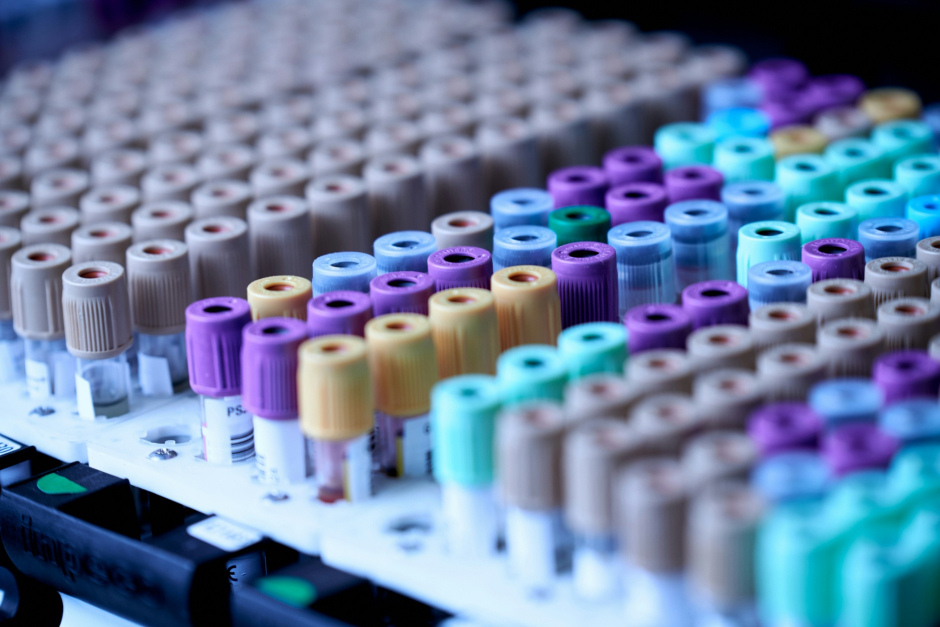The new article describes in detail the applicable classification rules in-house in vitro diagnostic medical devices are subject to, as well as the relevant regulatory requirements to be applied depending on the classification.

Table of content
The Therapeutic Goods Administration (TGA), an Australian regulating authority in the sphere of healthcare products, has published a guidance document dedicated to the regulatory status for in-house IVDs. The present document provides an overview of the requirements set forth under the existing legal framework, as well as additional clarifications and recommendations to be taken into consideration by the parties involved.
At the same time, the authority reserves the right to make changes to the guidance and recommendations provided therein, should such changes be reasonably necessary to reflect corresponding amendments to the underlying legislation.
Laboratory Networks
The scope of the guidance covers the aspects related to laboratory networks. According to the guidance, a laboratory network comprises laboratory organizations operating under a single quality management system (QMS), as defined in Regulation 1.3 of the MD Regulations.
The QMS must be centrally managed and uniformly applied across all locations involved in the manufacture and use of in-house IVDs. However, local work instructions may be necessary to address specific location requirements.
Key elements of the QMS to be managed centrally include:
- Management review
- Internal quality audits
- Corrective and preventive actions
- Complaints
- Changes to quality system documentation
Laboratory organizations with appropriate NATA corporate/multisite accreditation qualify as a laboratory network and can manufacture and distribute in-house IVDs within their network.

Conformity Assessment Procedures for In-house IVDs
Conformity assessment ensures that the manufacturing processes and the in-house IVDs themselves comply with regulatory requirements for quality, safety, and performance. The conformity assessment procedures vary based on the IVD class, with higher-class devices requiring more stringent assessments.
Classes of In-house IVDs
The document further describes in detail the relevant classification rules for in-house IVDs.
Class 1-3 In-house IVDs
According to the guidance, Class 1-3 in-house IVDs do not need to be included in the Australian Register of Therapeutic Goods (ARTG) as they are exempt under Item 2.10, Part 2, Schedule 4 of the MD Regulations. However, laboratories must comply with the conformity assessment procedures outlined in Part 6A, Schedule 3 of the MD Regulations, and demonstrate compliance with the Essential Principles.
Accreditation requirements provide that laboratories must be accredited by NATA as either:
- Medical testing laboratories to ISO 15189: Medical laboratories – Particular requirements for quality and competence.
- Non-medical testing laboratories to ISO 17025: General requirements for the competence of testing and calibration laboratories.
Additionally, laboratories must meet the NPAAC standard for the development and use of in-house IVDs.
NATA’s Role in Conformity Assessment
NATA assesses the laboratory’s QMS against:
- ISO 15189 for medical testing laboratories
- ISO 17025 for non-medical testing laboratories
The accreditation program is administered by NATA in conjunction with the Royal College of Pathologists of Australasia (RCPA). NATA/RCPA accreditation covers various fields of human pathology.
Review of Technical Documentation
NATA inspectors review technical documentation for a representative sample of in-house IVDs to ensure compliance with the NPAAC standard, which aligns with the Essential Principles for safety and performance.
Higher-risk class 3 in-house IVDs receive greater scrutiny than lower-risk class 1 IVDs. NATA can notify TGA of any compliance issues that could lead to serious health deterioration or death.
Notification Requirements
Laboratories must notify TGA when they commence manufacturing class 1-3 in-house IVDs by July 1 of the next financial year or within 20 working days of this date. Re-notification is required if new class 1-3 in-house IVDs are introduced. Laboratories must use the standardized In-house IVD notification template to provide detailed information about their tests.
Class 4 In-house IVDs
In accordance with the applicable regulatory requirements, Class 4 in-house IVDs must be included in the ARTG and comply with the conformity assessment procedures in Part 1 or Part 6B, Schedule 3 of the MD Regulations. Laboratories have two pathways to achieve this:
- TGA Conformity Assessment Certificates: Laboratories can obtain TGA conformity assessment certificates before applying for ARTG inclusion. This pathway is suitable for laboratories without NATA accreditation or a TGA-issued license. In the course of the respective assessment process, TGA assesses the laboratory’s QMS for compliance with ISO 13485:2016 and reviews the technical documentation for the class 4 in-house IVD. Successful laboratories receive TGA Conformity Assessment QMS and Design Examination (DE) certificates, which allow them to apply for ARTG inclusion.
- Existing NATA Accreditation or TGA Manufacturing License: Laboratories with existing NATA accreditation to ISO 15189 or a TGA Manufacturing license can apply directly for ARTG inclusion. The application includes a mandatory audit to assess compliance with the Essential Principles.
Fees
Fees for class 4 in-house IVDs vary depending on the chosen pathway. The TGA summary of fees and charges provides details on the applicable fees, which include application fees, quality management system inspection fees, design examination fees, and application audit assessment fees.
Conclusion
In summary, the guidance explains that the regulatory requirements for laboratory networks and conformity assessment procedures for in-house IVDs in Australia are designed to ensure the quality, safety, and performance of these diagnostic devices. Laboratories must adhere to stringent accreditation and notification processes to comply with the regulations and maintain high standards in diagnostic testing.
How Can RegDesk Help?
RegDesk is an AI-powered Regulatory Information Management System that provides medical device companies with regulatory intelligence for over 120 markets worldwide. It can help you prepare and publish global applications, manage standards, run change assessments, and obtain real-time alerts on regulatory changes through a centralized platform. Global expansion has never been this simple.

